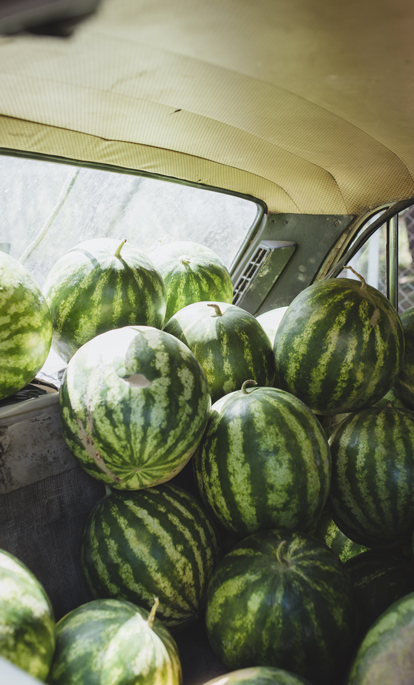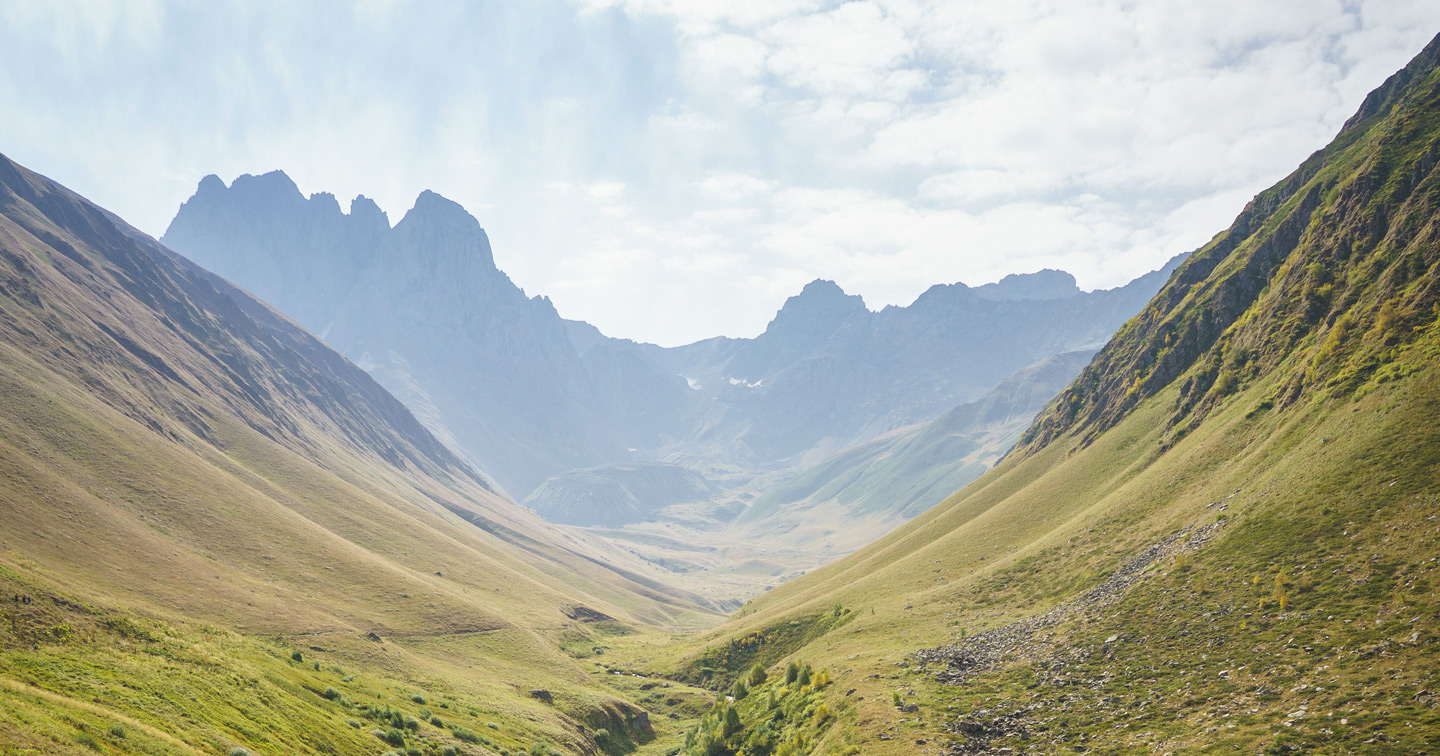
A few suggestions to get the holiday planning process started

Laden with historical monuments and jaw-dropping scenery, Georgia is a fascinating holiday spot boasting a blend of Eastern European and Western Asian cultures. From hiking its mountainous north to exploring its cosmopolitan capital Tbilisi (one of Europe’s oldest), we’ll tailor every activity to your interests. Whether you’re a foodie or an outdoor enthusiast, we can arrange everything from a khinkali (regional dumplings) cookery class to a thrilling quad-biking adventure in the rolling hills. While on your trip, our expert team of local guides and vetted properties will showcase the warmth and hospitality of the Georgian people.
ENQUIRE NOWPractical advice and inspiration to help you prepare for your holiday
Our passionate consultants have travelled all over Georgia in search of the most beautiful destinations. In the countryside, we know which hikes take you past enchanting waterfalls, lakes and old monasteries, and if culture calls, we work with the best tour guides to help you discover Tbilisi’s artistic scene. Wine enthusiasts can learn about Georgia’s wine-making technique, qvevri, at a local tasting (or two). On the ground, our fantastic Concierge is on hand to make sure everything runs smoothly, from recommending restaurants and excursions to directing you to hidden gems.

Visitors to Georgia will notice how serious a role religion plays in the majority of Georgians' lives. Many will cross themselves on passing a monastery, and kiss icons in packed Sunday church services. Young and old alike pour into the churches and we recommend making time to experience one service - which will often have a wedding and christening happening at once for good measure - mainly for the quite beautiful singing. The tradition of polyphonic singing is some of the best in world and if you can catch a concert in Tbilisi, you won't regret it. No prizes for guessing what the name of the cathedral in Tblisi is called, but St George's is well worth visiting.
Tblisi is great (see below) but it's the countryside that Georgia is really famous for, and most visitors have a sense of being in some bucolic idyll, further heightened by wonderfully pure air and almost sweet water that you can happily drink from the many mountain streams. Most people visit in verdant Spring or Autumn, when the colours are quite spectacular, the harvest is over, the sunshine is still warm and the hunting and shooting seasons are in full swing.
The eastern region of Kakheti is renowned mostly for its wine, monasteries, hilltop villages and - if it's possible - even more laid back people who can be spotted picnicking under huge walnut trees or catching fat spotted trout in the rivers. The village of Sighnagi, not unlike somewhere in the Tuscan hills, is worth a visit to see the paintings of Pirosmani, who died in obscurity and poverty in 1918 and has only since become a Georgian legend. His art depicted labourers, farmers, beggars and the physical aspects of toil with a sort of bleak realism but there is something captivating about them.
Further to the northwest in the region of Svaneti, there are fantastic opportunities for trekking through the high Caucasus near the border with Russia. The town of Mestia is dominated by defensive towers and cobbled backstreets and alleyways filled with pigs and cattle. The Svans speak a dialect and are tough mountain people who like to drink a firewater called chacha and take their food very seriously. There are opportunities to ski, trek up 15,000ft peaks, enjoy glacier walks and riding.
A visit to Georgia will inevitably focus on the dramatic landscapes away from the cities - think New Zealand meets the Pyrenees with a smattering of Pembrokeshire thrown in for good measure - but the capital Tbilisi sums the place up nicely. Tblisi's setting is made even better by having mountains on three sides and the River Mtkvari meandering lazily through it, making it an easy city to navigate your way around. While the neighbouring Armenians are big on glamour, the Georgians are more reserved and laid back, with a strong artistic bent, and this attitude pervades Tblisi. The city - more a glorified town - is bohemian in the extreme, with the old quarter in particular a lovely maze of cobbled streets and alleyways, restaurants, bars, churches and cafes, a few synagogues, a mosque, antique and carpet shops galore.

Our team of destination experts will get to know you and your unique requirements for your holiday

We work with you to build an ultra-personalised holiday itinerary with your choice of accommodation, experiences and activities

All of our holidays include little extras designed to make a big difference to your trip, from fast-tracking you through airport check-in and security to our network of local Concierges